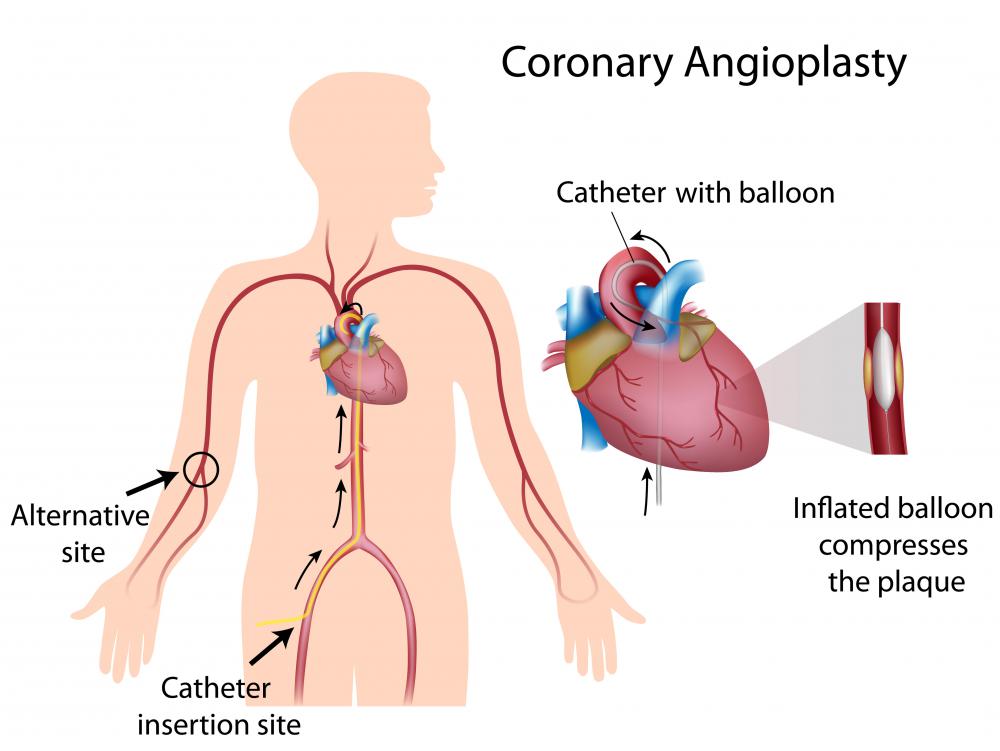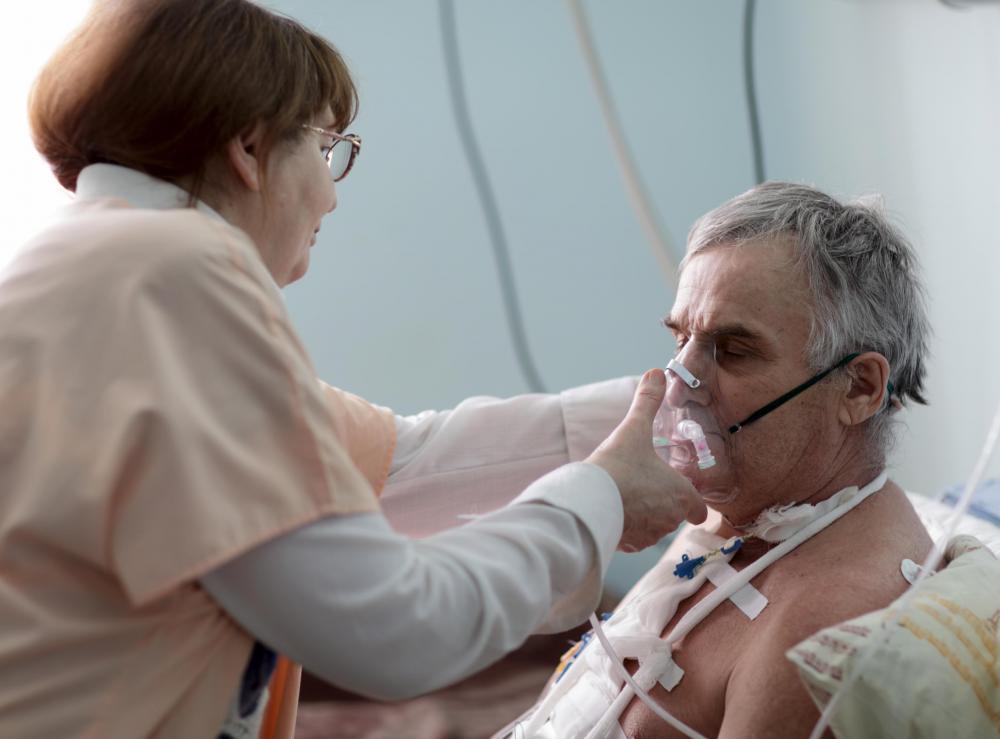At TheHealthBoard, we're committed to delivering accurate, trustworthy information. Our expert-authored content is rigorously fact-checked and sourced from credible authorities. Discover how we uphold the highest standards in providing you with reliable knowledge.
What is Angioplasty?
Angioplasty is a method of expanded arteries that have become blocked, typically arteries leading to the heart, in which case the procedure is called coronary angioplasty. Arteries can become blocked for a number of reasons, the most common of which is atherosclerosis, a disease characterized by the accumulation of plaques in the arteries. Once commonly known as 'hardening of the arteries', this condition is influenced by lifestyle factors under your control, including smoking and high-fat diet, as well as factors outside your control, such as genetics and environmental factors.
Angina, a pain in the chest indicative of a lack of oxygen flow to the heart, is a warning sign of narrowing or blocked arteries. If diet and medication do not control angina, your doctor will probably recommend a balloon angioplasty. Angioplasty has become quite common and relatively safe, and is far less intrusive than the open-chest operations that preceded it.

In a balloon angioplasty, a wire is inserted into a large artery in the leg or arm and threaded to the area that is blocked. Then a balloon catheter is guided up the wire and positioned in the blocked area. The balloon is then inflated to expand the walls of the artery and relieve the blockage. In some cases, a simple balloon angioplasty isn't sufficient, for example if the walls of the artery are not strong enough to hold the shape effected by the inflated balloon. In this case, the angioplasty would also position a stent, a wire mesh that inflates with the balloon, but is left behind when the balloon is withdrawn to support the artery walls.

Not all blockages are coronary, of course, and angioplasty isn't confined to arteries leading to the heart. Many people have artery blockages in their arms or legs, conditions that can lead to uncomfortable edema, or swelling in the hands or feet, as fluids accumulate in the extremities due to poor circulation. In these cases, the technique is known as peripheral angioplasty.
AS FEATURED ON:
AS FEATURED ON:

















Discussion Comments
what is the most common angioplasty after care? Does the patient have to stay down for a week?
My mother-in-law underwent Angioplasty on September 23rd 2003, can she travel in bus overnight???
i have got pain in my right leg this is mainly around my shin area of the leg,and i have also noticed a slight reddish skin color like a rash just above the ankle at the bottom of my leg, i am concerned that this could be some sort of poor circulation problem could you help please, also i do have ostio arthritis in both knee joints, the leg pain was continuous for about a week but has abated now.
Post your comments